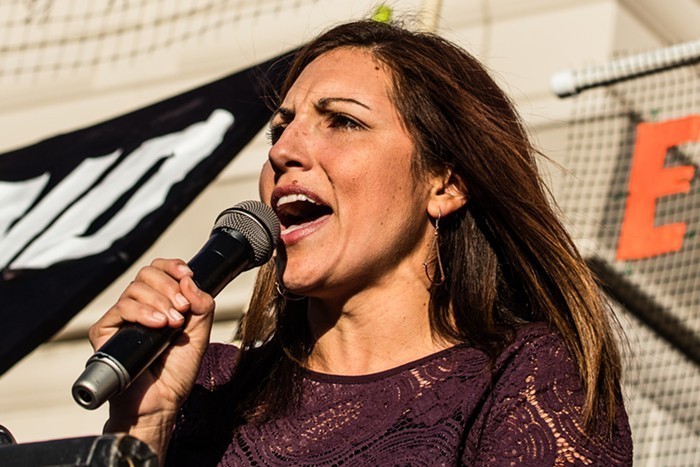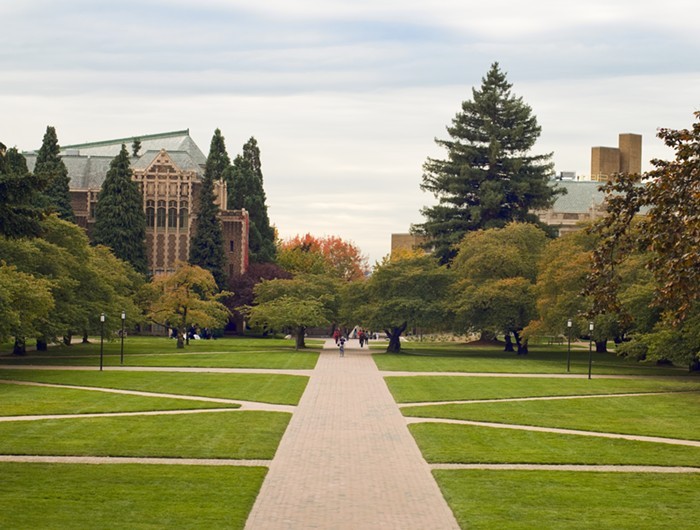Indeed, the aversion to addressing larger solutions, like habitat recovery, throws a harsh spotlight on 696 -- an initiative that's supposedly going to save the salmon without addressing any of the practices which threaten the continued survival of the runs: sprawl, clear-cutting, polluted runoff, and dams.
"Habitat recovery is a long-term solution," says I-696 author Tom Nelson. "We need to do something now." Nelson can be persuasive when he recounts the severe damage that over-fishing did in the '60s, '70s, and '80s, but by failing to address habitat, opponents of the initiative claim that his proposal is merely rearranging the deck chairs on the Titanic.
Factors like logging and urbanization creeping higher into the watershed are the chief culprits wreaking havoc on the fisheries, and 696 is a Band-Aid fix that -- as evidenced by the aluminum industry's support -- is attractive to businesses because it calls attention away from regulatory reform.
Moreover, the damn thing isn't even the stopgap measure Nelson claims. According to Dr. Lee Alvarez, a former marine biologist with the National Marine Fisheries Service, only 10 percent of the harvest of king salmon in the Sound are taken by the commercial boats that 696 outlaws exclusively. The other 90 percent are caught by native and recreational fishermen. I-696 would simply add the 10 percent reserved for commercial boats to the native and recreational fishermen's catch -- making 696's protections irrelevant. "This is not a conservation measure, it's allocation," Alvarez says.
So if 696 fails to protect salmon, what exactly does it do? Nothing good. Rob Zewanich of the Purse Seine Vessel Owners says it's an assault on some of the most vulnerable communities in the state. He says the 1,700 vessel licenses 696 would revoke represent about 10,000 jobs -- 7,000 of them in Puget Sound. Our area, which is booming at present (and thus exacerbating the problem of habitat) can absorb the loss of these jobs more easily than towns like Grays Harbor, Ilwaco, and Westport, where fishing constitutes some of the last decent-wage employment available.
The disappearance of the salmon is a problem which is going to have to get worse in order to get better. While state leaders wring their hands over the impending Endangered Species Act listings, federal protection for the salmon is in fact the best thing that could happen at this point, as it would restrict everything from road construction to sewage outflows. Delaying those listings with measures that take big business off the hook ultimately spells trouble for the fish. Sometimes the Feds are the good guys, and in this case they may be our only hope. Perhaps with the failure of 696, its other smaller and politically conservative backers, like Puget Sound Anglers, will put their money toward changing the way we treat our waters. Until then, it is telling that Ban All Nets, while facing defeat at the polls, is calling on the dam-dependent aluminum industry for help, at last turning to those in whose interest their initiative really works.


















